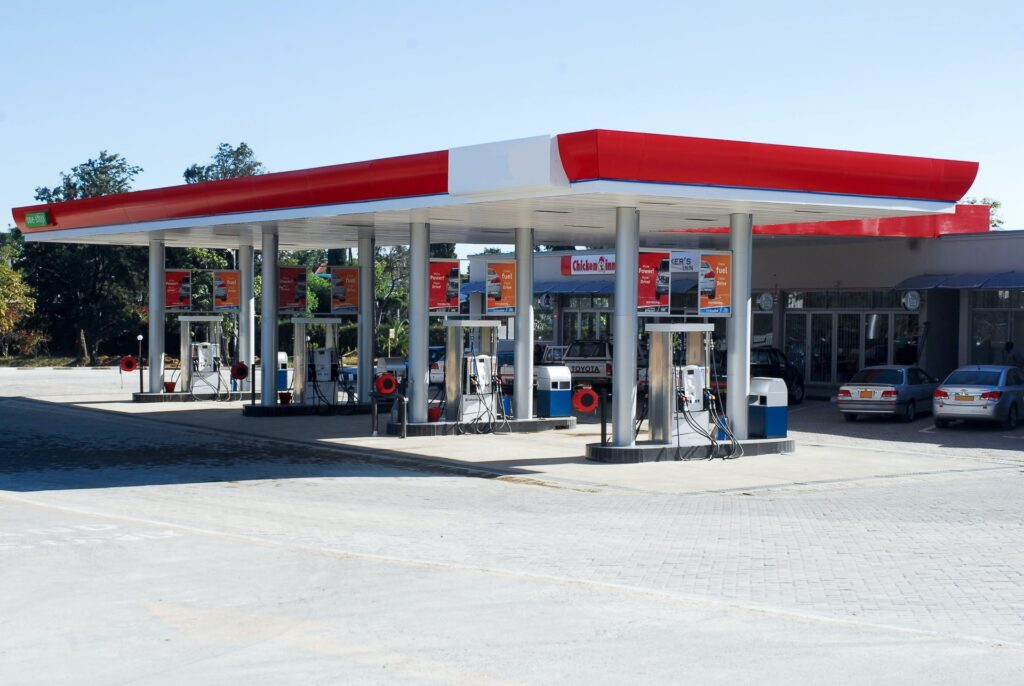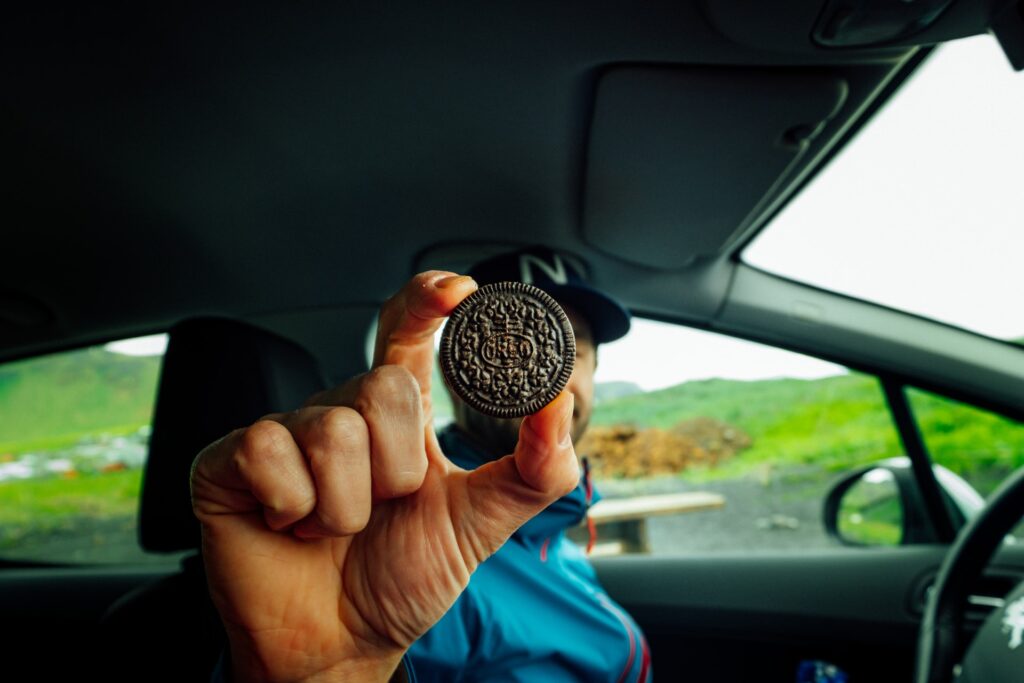Whether for business or pleasure, when you hit the road, you will eventually need to eat. But how do you find the best and classiest venues or choose the right takeout, packed lunches, or snacks for the road?
Read on to learn everything from what kinds of foods to bring in a rental car to deciding on restaurants when in an unfamiliar location. We will also cover tips about how to eat safely in a car and what to do if you accidentally create stains or interior damage in your vehicle.
The Best Road Trip Snacks
Often, people default to sugary, salty, and savory treats that may be fun to eat but aren’t very easy to consume while driving. Dusty residue and sticky hands can get over the interior of your vehicle, and some snacks may force you to drink more water or stop more regularly for bathroom breaks.
While many people just assume that packaged snack foods are more convenient for the road, there are plenty of ways to eat clean even while traveling.
Some healthier and easy-to-clean options for road trip snacks include beef jerky, which provides a healthy punch of protein without creating crumbs or residue, and hard-boiled eggs, which if you peel ahead of time, are also easy to eat and don’t make much mess.
Protein and granola bars are good alternatives, though you should try to both avoid those full of unnecessary sugar and those that are overly dry and crumbly. Carrots, snap peas, grapes, and celery sticks are also healthy and don’t make too much of a mess.
If you are going on a road trip with older children or adults, spreads like hummus, peanut butter, and cream cheese can pair well with crackers and bagels. These snacks are good for younger children too, though you should stick to bringing them out during gas station stops and lunch breaks to avoid messes.
Some healthy snacks can also create a big mess. If you want to bring foods like pistachios and other uncracked nuts, make sure you have a container for the shells.
Stopping for Food When on the Road
Depending on the nature of your trip, you may want to take a more leisurely drive or get to your destination as quickly as possible. When is it best to pack a lunch, and when should you plan to sample the local cuisine?
As a general rule, you should take a break every two hours from driving, for at least 15 minutes. You could always use one of these breaks to stop for food. While you don’t want to eat out on your entire trip, it usually isn’t a problem to eat out once or twice every couple of days, depending on the length of your trip.
However, if you don’t have another driver to switch off with, it isn’t a good idea to drive after a big meal, as it can make you feel lethargic and drowsy. Because of this, it’s a good idea to save your meal stops for later in the day or at the end of your trip if you are driving solo.

Finding Good Restaurants When Traveling
If you have decided to stop for a bite, then you have to determine where exactly you want to eat. Of course, you can always default to the bland, typical fast-food chains that you are familiar with, but why miss the chance to try something off the beaten path? Even if you are looking to move on quickly, there are ways to find good niche restaurants while traveling.
One of the best ways to check along your route in advance so you can look up reviews and focus on local restaurants. You can also use your cellular data as you get closer to your nightly destination to look up good places to eat. If you are stopping at a hotel or to get gas, you can also ask the locals if they have any recommendations.
The more specific you are about what you are looking for (ethnic food, pizza, sandwiches) the more likely you will find unexpected good eats.
There are also some apps and sites that specialize in gathering reviews, though you do want to be careful as often they don’t adequately portray the quality of food. Yelp, Dine, and OpenTable are some options you can use to find good restaurants. The Roadtrippers app also shows you food spots on your route.
Handling Messes and Spills Inside Your Car
Whether you are traveling with kids who leave grubby fingerprints on nice leather seats or your takeout container has burst open, you will likely have to deal with cleaning the interior of your car, especially if you’ve eaten a lot of food inside it.
First, you should have a plastic bag to carry trash. Empty it regularly so you don’t have discarded wrappers and peels floating around your car.
Next, you should always bring window cleaner, dashboard wipes, and possibly even a small handheld vacuum cleaner with you on your trip.
Bring separate wipes to use on your car and people’s hands. Make sure you have more than you initially think you will need, just in case. If food is spilled, have people other than the driver focus on cleaning them up. The driver should not be cleaning while driving. If you need to, pull over to handle a mess.
You can bring along a stain remover for car seats and clothes. If food or vomit gets on plastic or glass, it can usually be easily wiped off.
Parents who are traveling with kids should make sure they have easy access to cleaning supplies, extra clothes for children, diapers, paper towels, and large resealable plastic bags. You should also pack paper bags children can use to vomit if they are prone to car sickness.
Be careful when eating on the road. The driver should try to only eat at rest stops, and switch off with other drivers if they really need to munch. Distracted driving can be extremely dangerous and can cause accidents on your vacation.
Deborah Goldberg researches and writes for the auto insurance comparison site, 4AutoInsuranceQuote.com. She enjoys providing driver safety advice and travel tips to her readers.

